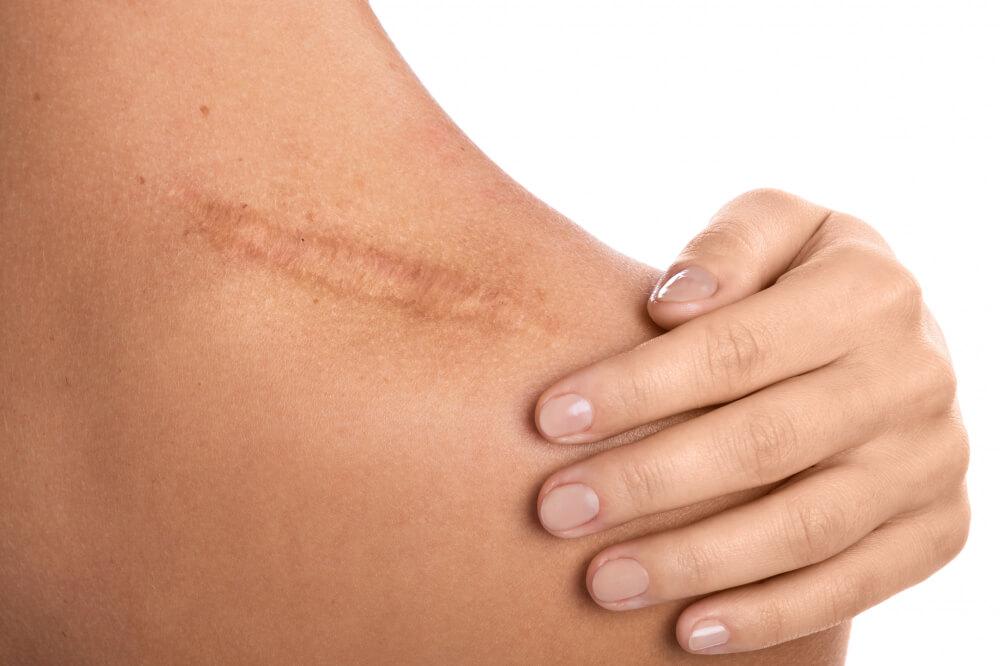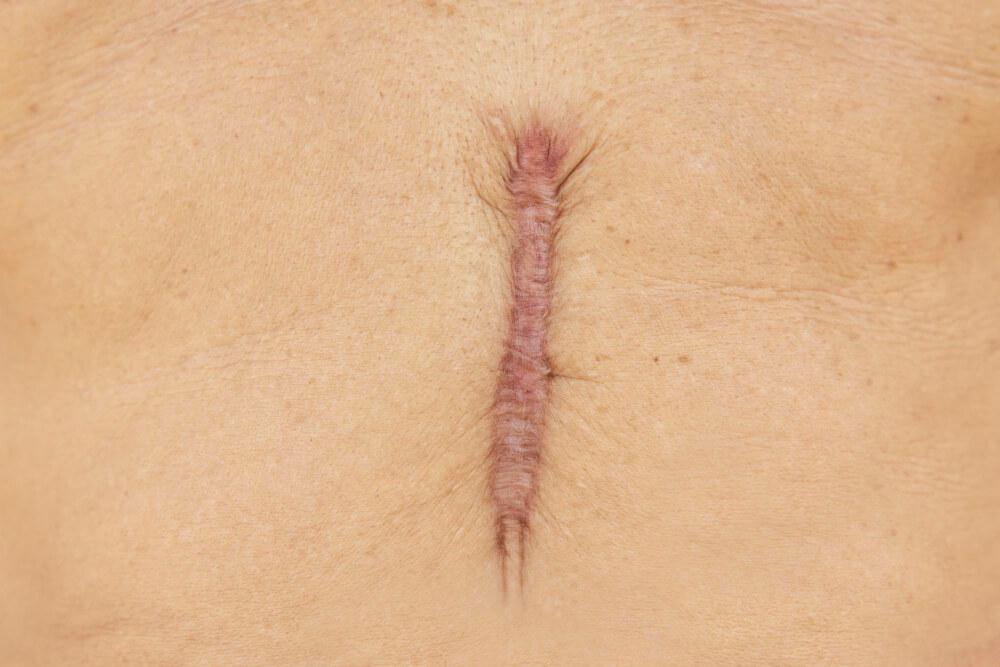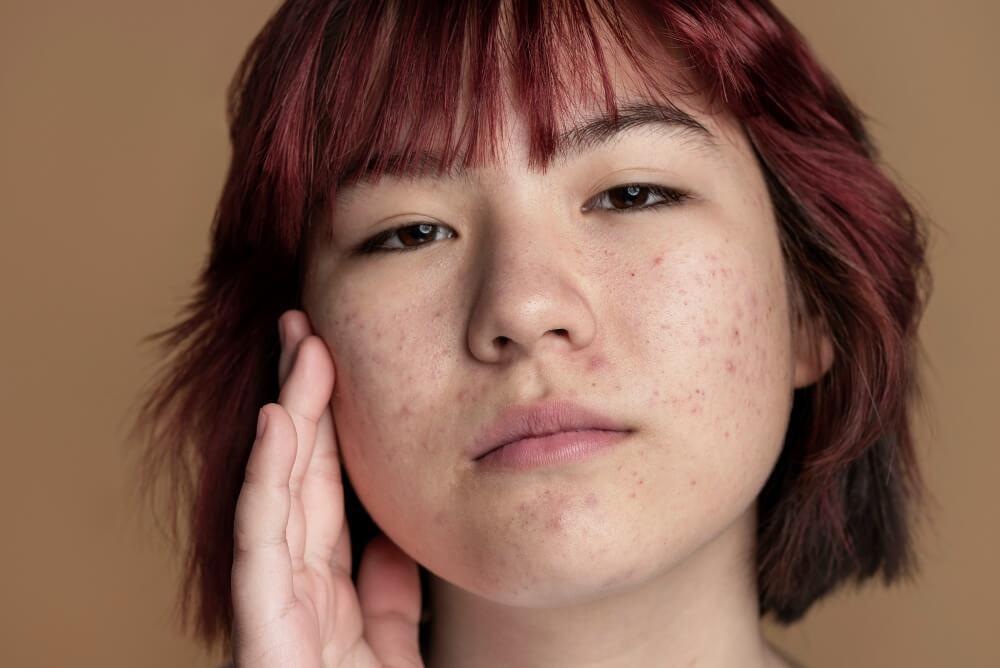Frequently Asked Questions
How Soon After Injury Or Surgery Can I Start Laser Scar Resurfacing?
Our skincare professionals typically recommend waiting at least one year after an injury or surgery before beginning scar resurfacing treatments. This allows your scar tissue time to develop fully, making it easier to assess how the scar will respond to laser therapy. During your consultation, we’ll evaluate your specific situation and provide guidance on the best timing for your individual needs.
Can I Combine Laser Scar Resurfacing With Other Cosmetic Procedures?
Yes, you may be able to combine laser scar resurfacing with other procedures like cosmetic injectables or certain skin treatments. However, the timing and effect of combining treatments can depend on factors like your skin’s overall health, healing capacity, and specific aesthetic goals. During your consultation, you and your provider will discuss any combination treatments to help create the most effective and safe plan for you.
How Long Does Each Laser Scar Resurfacing Session Take?
The duration of each session can vary, but most treatments typically range between 15 and 45 minutes, depending on the size and number of scars. You’ll also spend additional time numbing the area (around 30 minutes) and receiving post-treatment care instructions. You should plan for about an hour or slightly longer, especially if this is your first visit or you have multiple scars to treat.
Will Laser Scar Resurfacing Work On Older Scars?
Older scars can still benefit from laser treatments, although the results may not be as dramatic as those of newer scars. The body’s natural healing processes slow over time, so it can take more sessions to see significant improvements. However, many patients with long-standing scars still find laser scar resurfacing beneficial in reducing discoloration, improving texture, and making the scar less noticeable.
How Should I Care For My Skin In Between Treatments?
Proper aftercare is crucial for good results and minimal side effects. Our skincare experts recommend using gentle, fragrance-free skincare products, avoiding direct sun exposure, using sunscreen daily, and using recommended topical ointments. Staying hydrated, eating well, and avoiding smoking can also support overall skin health. If you have any specific concerns between appointments, contact the Seattle Plastic Surgery team immediately for personalized advice.



